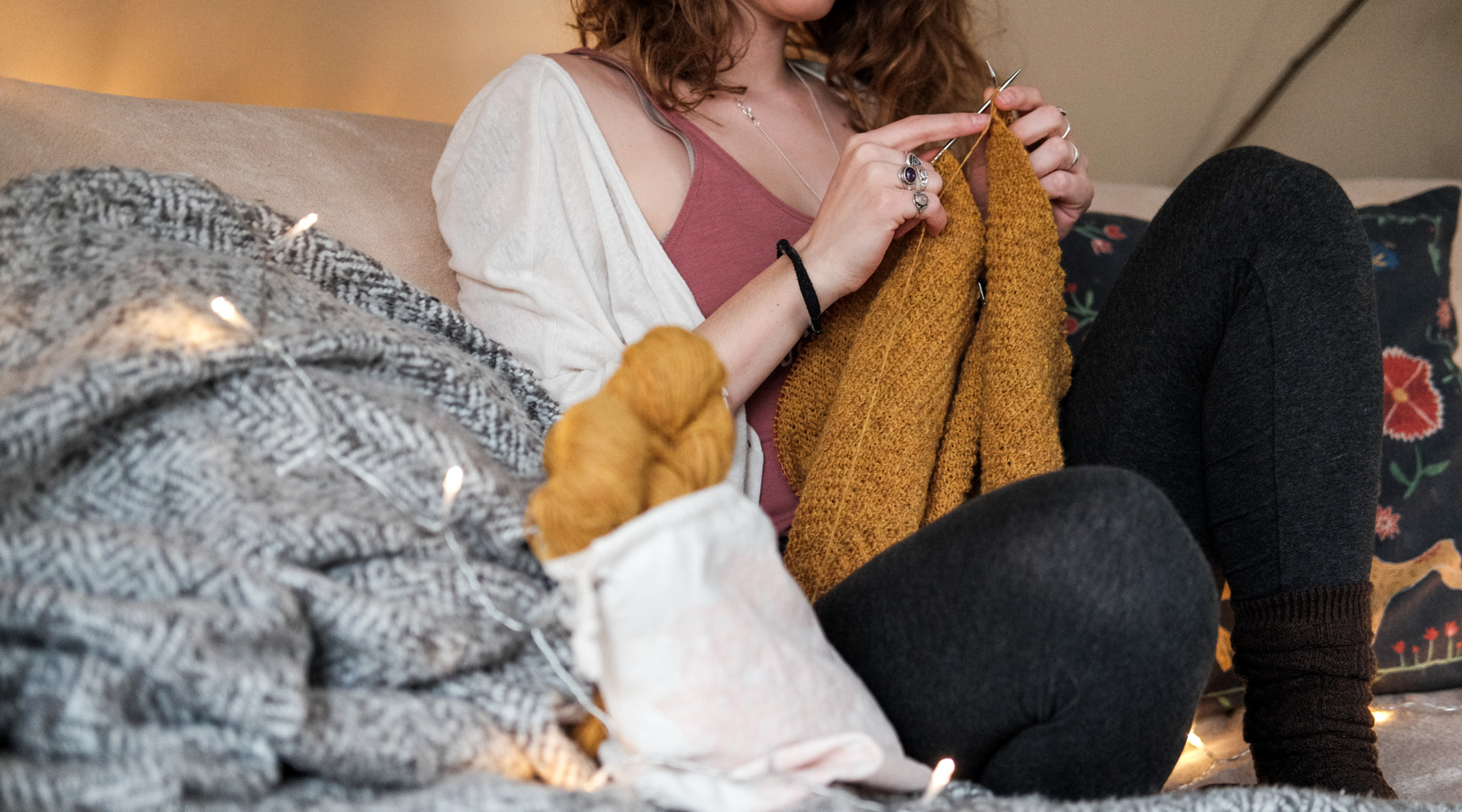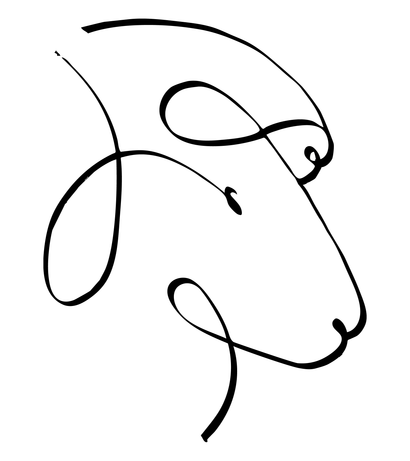Free shipping on all domestic orders over $150
Free shipping on all domestic orders over $150
Shop
Add description, images, menus and links to your mega menu
A column with no settings can be used as a spacer
Link to your collections, sales and even external links
Add up to five columns
Add description, images, menus and links to your mega menu
A column with no settings can be used as a spacer
Link to your collections, sales and even external links
Add up to five columns

Why your sweater doesn’t fit…and what to do about it
July 07, 2025 3 min read 2 Comments
You picked a sweater pattern. You bought the yarn. You followed every direction exactly.
But when you put it on… something was off.
- Maybe it's too tight in the armholes
- Maybe the shoulders hang off your actual shoulder
- Maybe it looked saggy and a little sloppy
And you wonder: What did I do wrong? I followed the pattern exactly. Is it my gauge???
First, let me say, it's probably not your gauge. I mean, it could be, but 9 times out of 10, incorrect gauge is NOT the problem with sweaters that don't fit.
There are three reasons
The numbers on the pattern don’t know your body
Here’s how we’re told to choose a sweater size:
- Measure your bust.
- Find the closest match in the pattern
- cast on and follow the pattern exactly
It’s totally logical—and totally misleading.
Why? Because the bust measurement is just one line on a whole schematic. And your body isn’t just a bust measurement. You’re a beautiful, complex shape with unique proportions, preferences, and a personal style.
Great fitting sweaters start long before you pick up your needles.
Here are some of the top problems I’ve seen
Problem #1: Choosing a size based only on bust measurement
Let’s say your full bust is 40”.
You see that the 40” size is for you. But… is it?
If you like your sweaters roomy, that 40” might feel too snug.
If you like them close, it might hang like a sack.
Bust is important—but it’s not the whole story.
You have to look beyond the number and understand how that number behaves in a garment.
Problem #2: You haven’t defined your preferred ease
Ease is one of the most important—and misunderstood—elements of sweater fit.
It’s simply the difference between your body measurement and the finished garment measurement.
- Positive ease = garment is larger than the body
- Zero ease = garment is the same size as the body
- Negative ease = garment is smaller than the body
Most knitters, when they hear these definitions think
- Positive ease = loose and flowing
- Zero ease = tight and hugging the body
- Negative ease = like an overstuffed sausage casing
But this is so not true. We need different amounts of ease at various places in our sweaters. Additionally, ease preference is very personal.
Two people with the same measurements might want completely different fits—and that’s okay. The magic happens when you know what you like and choose a size that gives you that feeling.
#3: You didn’t account for construction style
Not all sweaters are built the same. And the way a sweater is constructed affects how ease shows up in the finished garment. The same bust size can feel totally different depending on how the sweater is built.
For example, dropped shoulder sweaters need a lot more ease because the width of the body forms a portion of the sleeve length. If you don't give yourself enough ease, the armholes will be too tight. They're intended to hit half way down your upper arm, not around your armpit and shoulder.
Set in sleeve sweaters are designed to fit more closely in the shoulder area and can be worn with less ease. With this style of construction, you can have as much ease as you want in the body, but you really don't want a lot around the shoulders.
Here's a bonus one
Problem #4: You didn’t really look at the schematic
Let’s be honest. A lot of knitters skip the schematic--or they glance at it and move on, but there's gold in those little drawings. They're your road map for the sweater.
A good schematic tells the whole story.
It shows you how the garment is shaped, where it’s narrow, where it’s wide, and how long it is. Just a few minutes to review it will give you powerful insight.
What to look at:
- What is the construction style
- overall sweater shape (often hard to tell from the model photo)
- Body length
- Sleeve length and width (are they generous or tailored?)
- Armhole depth (this is a big one, because if it's to shallow, you'll never wear it)
The schematic is literally the designer pulling back the curtain. Pay attention!
If this resonates with you, let's talk.
I’m looking for knitters who’ve had one (or many!) sweaters that didn’t fit or just didn't turn out the way they expected, and are ready to finally get clarity.
Here’s what I’m offering:
💬 A free 20-minute Zoom call
We'll talk about one of your past or current sweater projects
You'll share with me your frustrations about sweater knitting, and I'll answer a burning question you have on the topic.
Interested? Grab a time on my Calendar here
Warmly,
Ellen
2 Responses
Susan
July 08, 2025
Another Master Class in Knitting! Thank you, Ellen!


Christine
July 08, 2025
Hello
I wanted to come and chat with you,but l am just out of hospital with knee replacement,My sweater problem is the neck,l like the jumper to fit snugly just at the base of the neck,they always come out baggy or two big,then sometimes you seem to get a roll of extra fabric at the base of the ribbing.
I had hoped to have seen you when you have you retreat in Bath,but l won’t be up to travel that far l live in Cornwall,but l know Bath well ,l used to live nearby. I hope you enjoy it.
Now l just want a perfect neck fit please,l always lister to your video and have learn such a lot.
Best Whishes. Christine